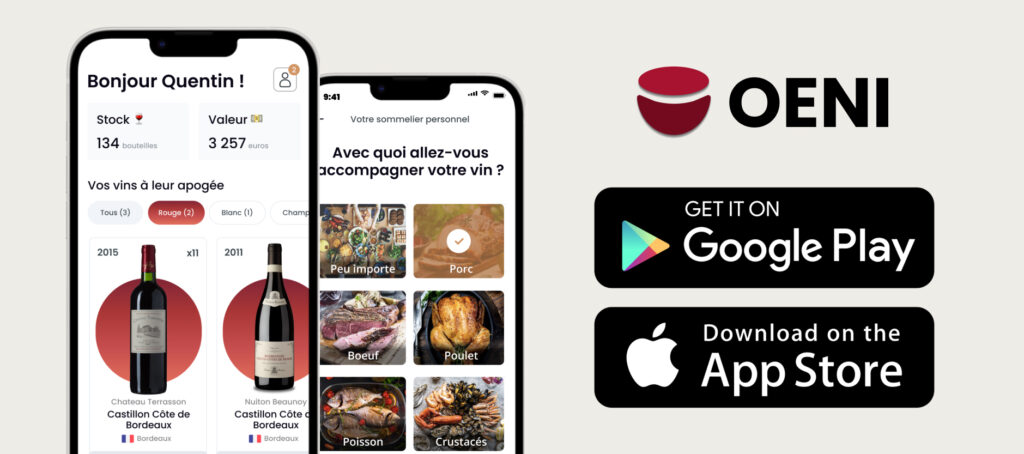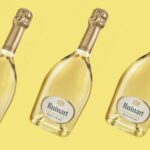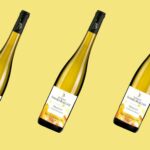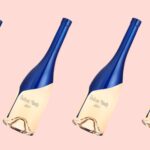For several years now, a newcomer has been inviting itself into the glasses of bubble-lovers: pet nat. This natural sparkling wine has become very popular, especially with those who prefer a more raw, lively style.
If you're interested in wine-related articles, download our app for IOS or Android. It will give you access to our wine lexicon, our articles and our innovative solution, designed for all wine consumers and collectors.
A distinctive production method
Let's start with the fundamental difference: the method of production. Pet nat (short for pétillant naturel) is based on the ancestral method. The winemaker bottles a wine that is still fermenting. Fermentation ends in the bottle, naturally creating gas.
Champagne, on the other hand, follows a much more codified method, known as méthode traditionnelle. The first fermentation takes place in vats. Then, after adding sugar and yeast, a second fermentation takes place in the bottle. It's this second fermentation that produces Champagne's fine bubbles.
A very different visual and taste style
The ancestral method used for natural sparkling wine often results in a cloudy, unfiltered product. It's not unusual to find a deposit at the bottom of the bottle. This raw quality appeals to lovers of natural, lively wines.
Champagne is limpid, elegant and crystalline. Deposits are removed by disgorging, and dosage (addition of sugar) refines the final style. The result is often more sophisticated, with precise aromas and delicate bubbles.
Production time makes all the difference
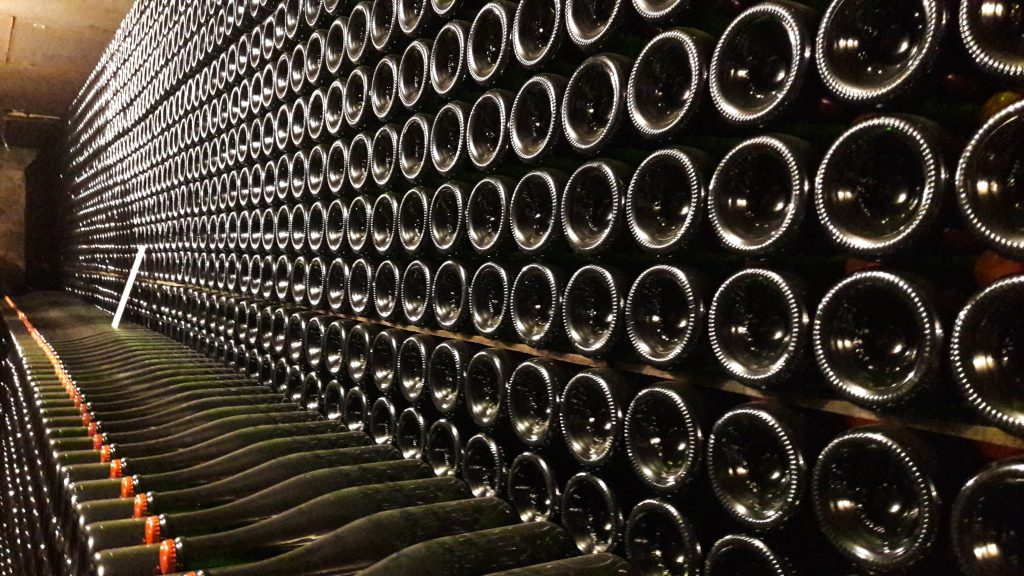
Champagne is often aged for several months, even years, on its lees. This long rest develops complex aromas of brioche, hazelnut and candied citrus. It takes time to create a great Champagne.
Conversely, pet nat is ready quickly. In some cases, it's ready for market in just a few months. The result is a joyful, tangy wine, often very fruity, perfect for light aperitifs.
A price that reflects the method
It's hard to ignore the question of price. Champagne requires a lot of manpower, specific equipment and a long ageing period. All this translates into a high cost, sometimes justified by the appellation's prestigious image.
Conversely, pet nat requires less intervention and equipment. As a result, it costs much less on average. This makes it more accessible to those who want to explore bubbles in a different way.
Different consumption occasions
Champagne is still associated with special occasions: weddings, New Year's Eve celebrations, graduations. It is part of a festive and refined imagination. Its elegant effervescence accompanies gourmet dishes such as lobster, oysters or gougères.
As for pet nat, it's more suited to casual aperitifs, picnics or convivial tables. It goes well with simple dishes such as charcuterie boards, mixed salads and world cuisine.
A philosophical choice
Beyond taste, choosing between Champagne and pet nat also means choosing a wine philosophy. Natural sparkling wine is often produced by independent winemakers committed to organic or biodynamic practices. It's not uncommon for pet nat to have no added sulfur, no filtration and no correction.
Champagne, although sometimes organic, is still a wine subject to strict specifications and an ancient tradition. It is made according to a very strict protocol. This guarantees regularity, but sometimes limits creative freedom.
Careful storage
Another notable difference is the shelf life. Champagne, thanks to its method, can age for many years. Some vintages reach their peak after ten or twenty years.
Pet Nat, on the other hand, is best consumed young. Its lively, fruity aromas fade quickly. It should therefore be drunk within twelve to eighteen months of bottling.
A different bubble in the glass
Even the texture of the bubbles varies. Champagne offers a fine, persistent, almost creamy effervescence. This is the result of ageing on the lees and precise know-how.
As for pet nat, its bubbles are larger, sometimes a little wild and less regular. This raw character appeals to those who like frank, sometimes surprising wines.
An exploration ground for the curious
Finally, the two styles are not necessarily mutually exclusive. They can coexist in a cellar or at a tasting. Natural sparkling wine allows you to discover unexpected terroirs, forgotten grape varieties and daring winemakers.
Champagne remains an essential reference for understanding effervescence at its most noble and masterful.
If you enjoyed this article, please feel free to read the following article "Using Oeni as an interactive tasting notebook"which may also be of interest to you!


